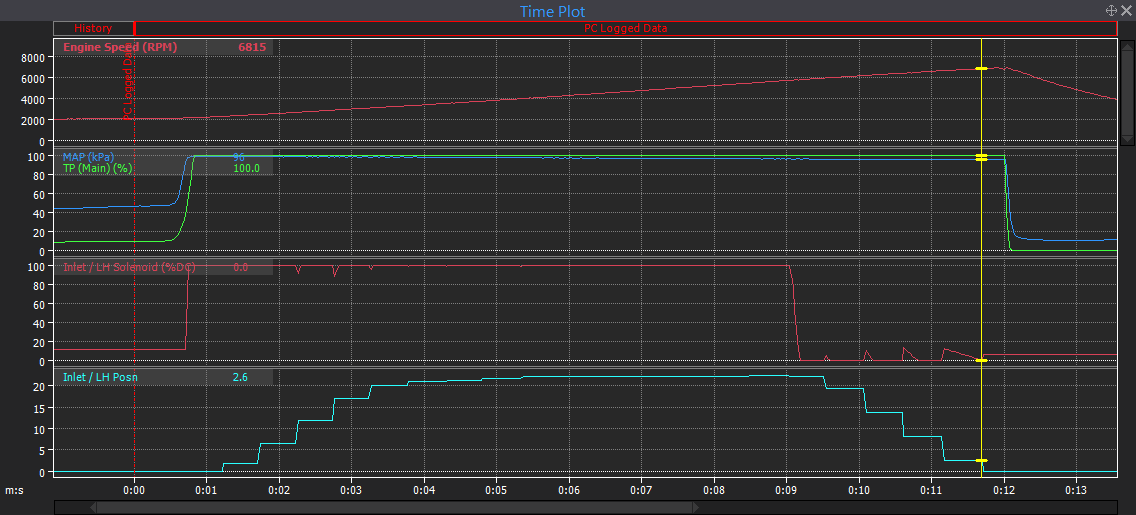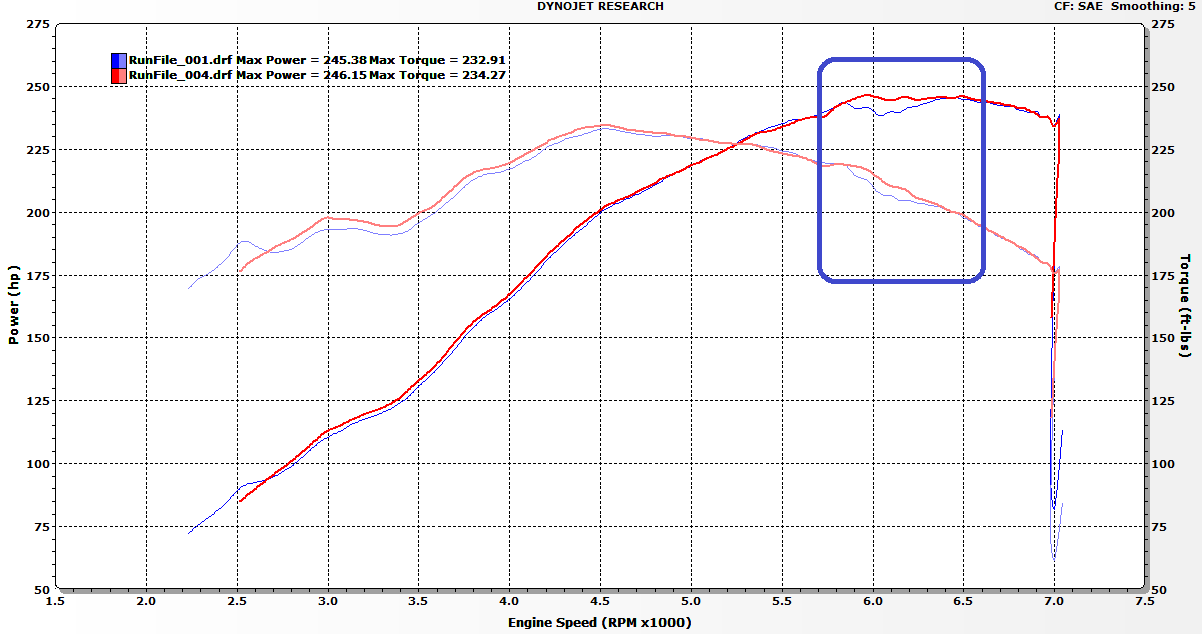ACE Performance - LINK M5X - PNP Standalone ECU Calibration Strategy with VE Modeling & Table Blending
Posted by -NP & BC on 16th Jun 2016
ACE Performance
LINK M5X - PNP Standalone ECU Calibration Strategy with VE Modeling & Table Blending
Motorsport calibrations done by ACE are nothing new, but what most people don’t know is the
packages we offer are continuously updated. As time goes on, new strategies are
discovered, ECUs are upgraded with new features, and concepts can carry over from one
platform to another.
One great example of this is the new Link ECU systems have an advanced fuel modeling
function now. You fully characterize the fuel delivery system of the engine (fuel flow), then enter
in basic data like engine displacement and other compensating factors like fuel pressure
reference (fuel differential pressure compensation). After the setup is done as accurately as
possible, you then populate the fuel look up table with volumetric efficiency (VE) instead of a
percentage of pulse width as in the past. To put it simply, the ECU then references the
volumetric efficiency and then based on the target mixture (and many other factors), calculates
the exact fuel delivery at all times.
We sell a very complete, fully enabled, fully configured base calibration for the BMW M5X LinkPlug In solution.
On top of the improved drivability over the factory ECU, we have recently
updated this calibration to utilize new Link functions such as the fuel modeling mentioned
above. We have also developed preconfigured options that can be added on for things like
wideband lambda sensors (to enable advanced closed loop mixture functions), fuel pressure
sensors (to compensate the fuel model based on differential pressure in the event of fuel
starvation/pressure loss), oil pressure/temperature failsafes (engine limps/trips), and more.
While updating the calibration, we took it one step farther by adding in multimap
switching/blending functions that happen automatically. These kinds of connected functions
really modernize the engine control for this platform. Comparing to something like the factory
solution is just impossible.
The BMW M5X VANOS system has the ability to change the intake cam position approximately
20 degrees. This allows the engine to reach a new performance level by improving lower end
torque, while still supporting high rpm performance. We not only utilize all factory performance
controls of the engine in all our calibrations, but improve them as well.
The control system for VANOS is very rudimentary as designed however. It is switched “on and
off” at specific RPMs. Unlike popular belief, the cam position change is not instantaneous at all.
Below is a live dyno plot from our BMW M5X Link Plug In solution utilizing the PC (and internal)
logging function that comes standard with the ECU system.

The top column shows Engine Speed.
The second column shows Throttle Position and Manifold Pressure (engine load).
The third column shows the VANOS commanded function (low is off, high is on)
The fourth column shows the actual intake cam position (0 is retarded, 20 is fully advanced)
The switch conditions in this case are “on” at 2000rpm, and “off” at 5750rpm.
You can see it takes about two seconds (and 1000rpm) for the cam to finally advance after
being commanded on. The time for the cam to fully retard when switched off is approximately
the same. The whole dyno pass is approximately 12 seconds long, and the offset from
commanded to actual cam position is approximately 2 seconds. You can also witness the cam
position is “lazy” and not an instantaneous switch to fully advanced/retarded.
If you take into account the transient acceleration of an engine (first gear vs fifth gear, or a 5
second dyno pass vs a 20 second dyno pass), this creates a situation where not only is it
difficult to predict how the cam position will affect the efficiency (and performance) of the engine,
but also adds major challenges to the calibration process.
In most situations with these engines the mapping for fuel and ignition is done without taking
these variables into consideration. The mapping then “expects” the cam position to be in a
certain place, but depending on the temperature, transient condition (gear), and more this can
change drastically! This can create inconsistencies in performance, but also the same
regarding the calibrations accuracy.
To correct this issue, we enable a modern VVT function inside the software which allows the
ECU to “latch” onto the cam position exactly (as seen in the above plot). The actual position of
the cam then influences a “dual fuel table” function by automatically interpolates between two
different tables. 0 = Table 1. 100 = Table 2. Since the cam on this engine doesn’t move very
much, a linear interpolation works great.

The same function operates dual ignition tables as well.
This strategy effectively closes the loop regarding the dynamic change in engine efficiency
based on cam position. Issues with mixture, timing, knock, and more that were due to these
transient cam position conditions are eliminated. There are no noticeable/measurable switch
over points when the VANOS system comes on/off at any time (including part throttle).

The above shows the strategy put to use at the VANOS switch off point. The “red” run shows
the advanced function.
This also makes our third switch condition for cam switching work even better as well (TP based
as well as RPM window). Even if the cam positioning system failed and got stuck (or in
between), things will still work.
The new runtime for actual cam position can be viewed live, logged (just like the plot above),
and exported over CAN networking to popular motorsport display/logging systems.
This is just another great example of how thorough the ACE calibration and support for motorsports EFI solutions is.
Please call or email us with any questions with regard to this information or to discuss how ACE can help you complete an ECU solution for your vehicle.












